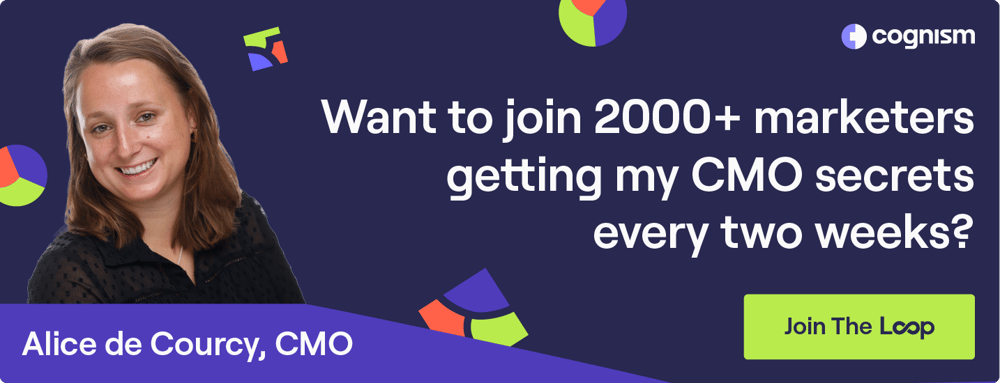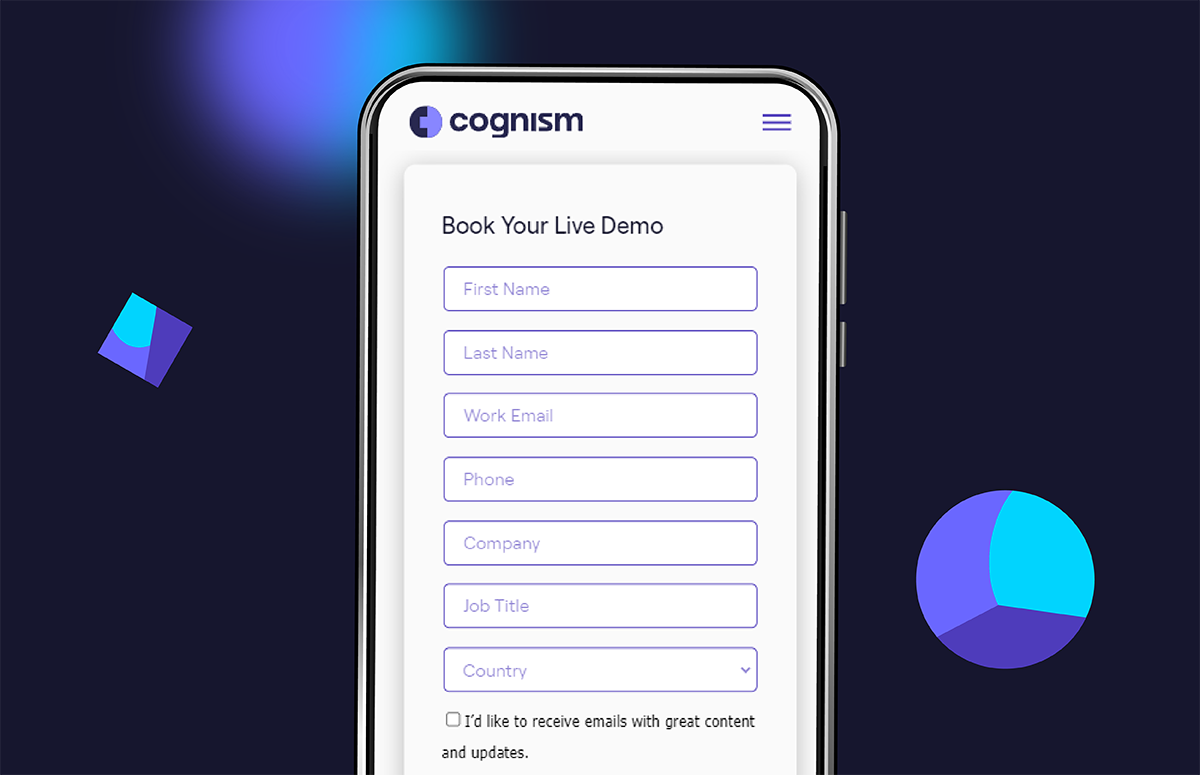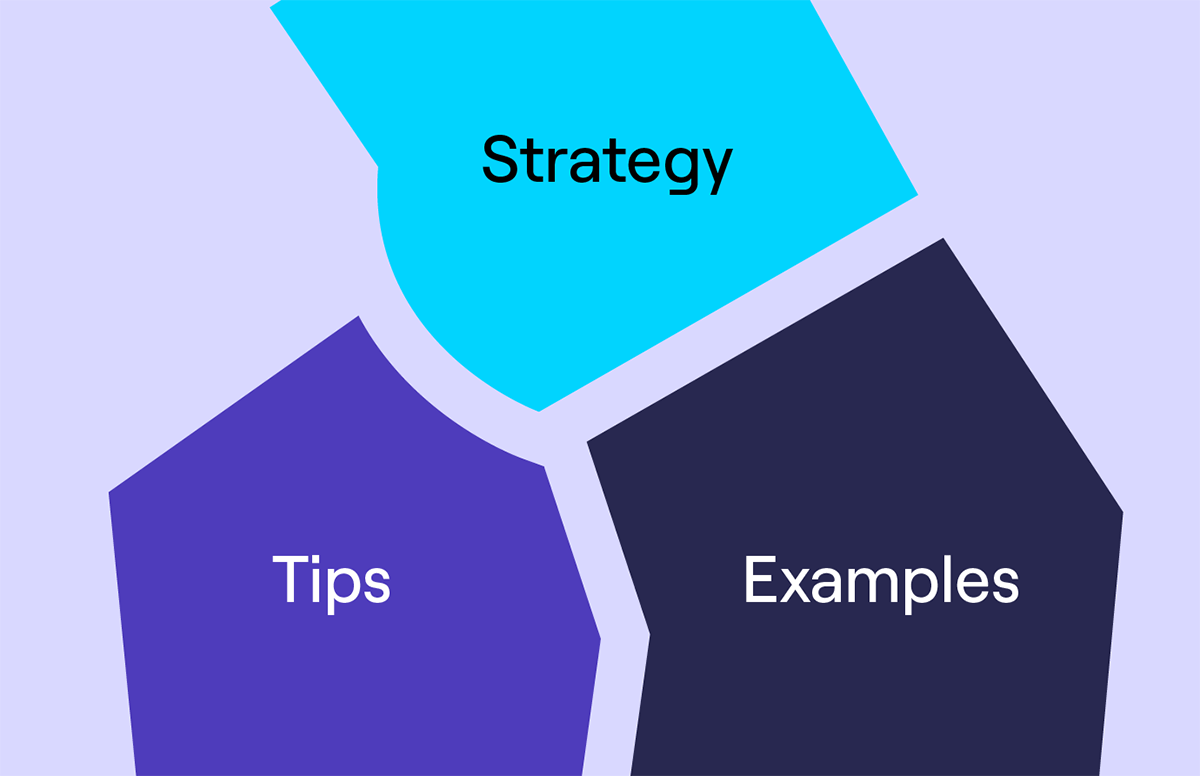What is Lead Nurturing? 10 Actionable Tips for Success
If only there were a way to engage with prospects for better customer retention, loyalty and improved revenue...
There certainly is! It’s called lead nurturing, and it can help you develop meaningful relationships with potential customers throughout the funnel.
In this guide, we’re exploring:
- The lead nurturing definition.
- Why lead nurturing is important.
- How to implement a strategy that nurtures leads.
- Tips for launching a successful nurture campaign.
With added insight from Christelle Fraysse, former Chief Marketing Officer at Workbooks.com, now Senior Director of Marketing in EMEA at Dynatrace.
Let’s start 👇
What is lead nurturing?
Lead nurturing is the process of building and maintaining customer relationships through marketing and communication. The goal is to move ideal customers down the sales funnel until they’re ready to buy.
It’s very rare for prospective buyers to arrive on a company website with the express intention of purchasing a product or service. Prospects often want to learn more about the company and compare them to the competition. They will have many questions and will constantly check to see if your product or service has what it takes to solve their pain points.
Here is what good lead nurturing must do—
It must answer questions and position your product as the ultimate solution to your prospective customers’ challenges.
What are the benefits of lead nurturing?
Usually, B2B companies look to improve the quality of the leads handed over to sales (taking non-nurtured leads to a “sales-ready” stage - which generally goes hand-in-hand with lead scoring - ranking your leads on a readiness scale until they reach a certain threshold).
B2B lead nurturing is essential for creating connections, solving customer challenges and providing support and value in a personalised way.
To start nurturing, you need to dig into your buyer journeys. Ask yourself the following key questions:
- How did they find your products/service?
- Where do they look online for information?
- How do they evaluate which products are suitable for their business?
- What steps do they take through their discovery journey?
- What content are they engaging with?
The more you know, the better your nurturing programme will be!
One of the ways to get this information is to speak to those loyal customers who have just gone through your sales cycle.
Do this by setting up online surveys or virtual meetings. Review the journey with them - what they liked, didn’t like, and what added value to the process.
What are the elements of a successful lead nurturing strategy?
Successful nurture is about three things: timeliness, relevance and personalisation. To manage these three elements, you need to leverage the following:
Demographic data
In B2B, consider these factors:
- What the prospect’s role is, their seniority and decision-making status.
- The type of company, the person, works at - look for any specific trends or drivers in that industry that match your offering.
- Company size - are they enterprise or SMB?
Behavioural data
The questions you need to ask are:
- What did the prospect do to enter the lead nurturing program?
- Did they purchase anything in the past? If so - what and when?
- How have they engaged with you before?
- What are their preferences?
Personalisation
All demographic and behavioural data could be a source of personalisation, ensuring that your nurture program is relevant and timely to each potential customer.
Without the right B2B technology and infrastructure to support execution, personalisation can quickly become very complex.
For example, if you personalise our B2B marketing based on demographics, behavioural data and the lead score, multiple paths of nurture are possible:
- If the prospect is a marketer in a manufacturing business, then the nurture path is A.
- If the prospect is a salesperson in the same manufacturing business, then the nurture path is B.
You can see how it can very quickly become complex!
Christelle’s advice:
“Don’t do this with Excel! It will soon become a logistical nightmare. Ensure you have the technology to support you in execution, such as a CRM with a proper email nurture tool.
Consider leveraging dynamic content within your emails to simplify your workflow design. Once you have built your workflows in the tool (incorporating different channels), the nurture will run automatically, saving you time.”
Data capture
Think about the details of your lead nurturing plan. A vital component is B2B data capture: finding out more about your prospect to make your lead nurture even more targeted.
Christelle says:
“If you already have their data in your CRM (from, say, a form fill), then there’s no need to request this again during your nurture campaign."
"This is the perfect opportunity to offer ungated or “free” content different from what you’ve used at the top of the B2B marketing funnel. Offer your prospects something exclusive, making it easy and frictionless for your prospects to engage with you.”
💡 Top tip: capture this engagement using UTMs or PURLs and use webpage scoring to measure engagement. Try using simple surveys rather than standard emails to boost prospect or ABM engagement, depending on your strategy.
Timings
How often should you nurture?
The length of time to leave between each lead nurturing campaign will vary. It could be anything from every day, every five days, or every two weeks.
Channels
What channel(s) should you use when implementing your lead nurturing strategies, and how should you combine them?
It’s all about where your ideal buyers spend their time. Your strategy could include blogs, videos and social media promotions. You’ll know which lead source channels to use after researching your customer journey and buyers’ preferences.
10 tips for an effective lead nurturing process
Sales lead nurturing isn’t all about writing and sending emails. It’s a carefully crafted strategy that guides prospects through each step of the sales process.
The goal is to move buyers all the way through the sales funnel to conversion. Think of it as a well-choreographed dance - each move designed to drive action and keep momentum going.
Here are our top tips for creating an effective lead nurturing process:
1. Make it relevant
Any lead nurturing email sequence you run must be relevant to the target audience. Sending blanket emails is never a good idea!
Personalised outreach is important, but you can go beyond that. A good thing to do is anchor your lead nurture around the prospect’s pain points. Your lead nurture should be answering questions or solving pain points.
Remember that pain points can differ depending on the industry or even the lead’s role. The pain points for a salesperson will be different from those of a marketer. For example, CEOs have a very particular set of pain points that differ greatly from others.
Top tip
Find your B2B target market and audiences with sales prospecting tools before you start nurturing.
2. Deliver value
With lead nurturing, sometimes, B2B sales reps can be too quick to sell straight away. A much better approach is to engage your leads at the start with relevant, valuable content. Offer them something that will help them or answer their questions.
Education is pivotal to good lead nurturing. Different types of content work better at certain junctures in the nurture sequence. It depends on what your goal is.
Top tip
If you want to progress leads through the marketing funnel, then case studies can be very effective.
3. Anticipate behaviours
So much of lead nurturing is about predicting how people will behave.
Which actions are people going to take?
A good lead nurture sequence should have branches for people to go down - but there must always be a ‘golden path’ you want your leads to follow. Every branch must guide them back to that path.
Don’t be afraid of giving your leads options. You can learn a great deal from the options that people choose. Then, you can use those insights to optimise your lead nurturing emails.
Don’t set your sequences in stone; you should always look to improve them. Track them regularly and keep going back and making changes based on how your potential leads behave.
Top tip
If multiple sequences run simultaneously, you can drop leads not engaging out of one sequence and into another. Again, it’s all about guiding your leads to your preferred outcome.
4. Don’t rush
Be sure to give your leads time. Don’t rush your lead nurturing funnel. The idea is to keep your company in a hot lead’s mind without bombarding them with marketing emails. If they get too many messages early on, they will likely unsubscribe.
Top tip
Start with a couple of emails in the first week of the sequence, then follow up with one email a week after that.
5. Tailor your sending times
Like pain points, the times you send the emails in your sequence can differ depending on the industry.
There’s no exact science to this, but, in general, we’ve found the best time to send B2B emails is:
- Salespeople respond at early morning times, such as 8:40-8:45 am.
- Marketers tend to respond best in the afternoon.
Top tip
Adjust your sending times for the best results. Research the best times to send sales emails to your target industry - there are quite a few studies online about this! In fact, you might find this article on the best times to cold call helpful.
6. Be varied
Excellent email lead nurturing should have something for everyone! Include as many different types of content as you can. Blogs, videos, webinars, animations - variety is the spice of lead nurture life!
Not everyone will open your email - but if you include as much variety as possible, you’ll maximise your chances.
Top tip
Remember that everyone consumes content in different ways. Some people like the written word, while others prefer audio or video. Cater to as many tastes as possible in your lead nurture sequence.
7. A/B test everything
Experiment with everything in your lead nurturing sequences. Try out different banners, copy, and CTAs. Do buttons work best, or do text links? These are questions that only A/B testing can answer.
Top tip
Segment your audience into two groups. Send one style of email to the first group and another style of email to the second group. Go back to your marketing data and analytics - which email performed better? Take your learnings to improve the later emails in the sequence and possibly emails in your other sequences!
8. Expand your touchpoints
An effective lead nurturing email campaign should expand your leads’ touchpoints with your company. You want them to be interacting with your brand everywhere!
Don’t be afraid to have other channels as your CTA. You could include links to your social media pages or a subscribe button to your YouTube channel. If you’re hosting webinars or podcasts, you can link out to them, too.
Top tip
Make your leads aware of all the helpful content you’re producing, and they might follow you on those other platforms - adding another touchpoint in the long term.
9. Scale over time
Sometimes you’ll find that leads aren’t engaging with your nurture but won’t unsubscribe. If that’s happening by the third or fourth week of the sequence, you need to scale it up!
Top tip
Typically, this means offering something bigger - a substantial freebie or giveaway. It’s a great way to warm up cold leads in any email marketing campaign.
10. Have a common thread
Having a common thread throughout your lead nurturing email campaign is good. A motif like this ties your sequence together and gives your targeted leads a seamless first experience with your brand.
Top tip
Your “common thread” could be the same messaging or banner, the same style or author - but it must be something memorable, something that will stick in the recipients’ minds.
Need help creating cadences that convert? This video will get you on the right track 👇
Bonus lead nurturing tip - check-up up regularly
Lead nurturing best practice is to review the performance of your nurtures at least once a quarter. Keep them up-to-date and relevant.
When reviewing a sequence, consider how effectively the current nurture paths function.
Could a new offer be integrated?
Should that blog be switched out?
Always be on the lookout for optimisations and improvements.
FAQs
Q. When is the right time to start nurturing?
The best time to start lead nurturing is when a potential customer or client shows interest in your company. Lead nurturing starts with contacting the customer and introducing them to your business. It’s essential to build customer relationships by providing helpful information, relevant content, and timely emails that keep them engaged.
Q. How closely should marketing work with sales on lead nurturing?
Lead nurturing is about getting a lead to a point where they are sales-ready. Sales and marketing team alignment is crucial. Start by discussing with your sales team what a “sales-ready” lead looks like. This will help you understand how much nurture you’ll need to do (this will depend on your business type).
Introduce a lead scoring system (if one doesn’t exist at your company already). You must monitor your lead nurturing regularly to see the impact on your sales pipeline. Is it working? Is it too long? Too short? Are people dropping off? Is the B2B sales pipeline drying up, or is low-lead quality the issue?
You can increase or decrease scoring or refine the nurturing programme depending on the answers to these questions.
Q. What’s best practice for refining a lead nurture programme?
Once you have a set lead nurturing program, you must monitor and refine it. Start doing A/B testing. Try different channels, content, and subject lines.
Defining the nurture path is the first step but not the last; data driven marketing is about iteration and constant minor improvements.
Instead, perform A/B testing on one particular part of the workflow. Once you’ve tested for long enough, and your data shows that option B performs better, implement that option across the nurture program.
As the program is running, continue doing iterations. Give yourself enough time to run your A/B testing so that you know your testing sample is significant enough.
Christelle Fraysse adds:
“You may be surprised - small improvements could have a big impact! At Workbooks.com, due to rigorous A/B testing and refining, we’ve moved from a lead-to-pipeline conversion of less than 10% to a current conversion of 25%, which is a substantial shift in performance.”
Better leads with Cognism
Lead nurturing means better leads.
Cognism offers compliant B2B data your sales reps will love! Giving you:
- 87% mobile phone number accuracy.
- Unrestricted access to person and company-level data. (*Subject to fair usage policy)
- International coverage.
- Easy platform setup and integrations.
Find out more. Click the banner to book a demo today 👇




